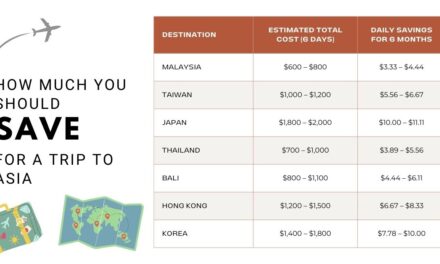Inflation, the steady rise in prices of goods and services, can be both a positive and negative force in an economy. While high inflation is often viewed negatively, moderate inflation can actually be beneficial when managed effectively. Here’s a closer look at how inflation impacts the economy.
The Role Of Moderate Inflation
Economists typically aim for an inflation rate of around 2%. This level of inflation encourages healthy economic activity by:
- Promoting Spending and Investment: When prices rise gradually, consumers are more likely to spend rather than save, as holding onto cash results in a loss of purchasing power over time. This spending fuels demand, which boosts business profits and investment.
- Wage Growth: As prices increase, businesses tend to raise wages to keep up with the cost of living, helping households maintain their purchasing power.
- Reducing the Real Value of Debt: Inflation reduces the real value of debt, making it easier for borrowers to repay loans, which encourages borrowing and investment.
Why Some Inflation Is Necessary
On the flip side, deflation, or falling prices, can have damaging effects on the economy. When prices fall, consumers and businesses often delay purchases in anticipation of even lower prices, reducing demand and slowing economic growth. Additionally, debt becomes more expensive in real terms during deflation, discouraging borrowing and spending, which can lead to economic stagnation.
The Dangers of High Inflation
While moderate inflation is beneficial, high inflation can be harmful:
- Erosion of Purchasing Power: When inflation rises too quickly, wages may not keep up with price increases, reducing the ability of consumers to afford goods and services.
- Economic Uncertainty: Businesses struggle to plan for the future when inflation is unpredictable, which may lead to reduced investment.
- Wage-Price Spiral: High inflation can trigger a cycle where wages rise to match prices, and businesses raise prices to cover higher wages, fuelling inflation further.
Countries that experience hyperinflation, like Zimbabwe or Venezuela, face severe economic instability as the value of money collapses and savings are wiped out.
How Central Banks Manage Inflation
Central banks, like the Federal Reserve, control inflation through monetary policy:
- Raising Interest Rates: To combat high inflation, central banks raise interest rates, making borrowing more expensive, which reduces spending and slows inflation.
- Lowering Interest Rates: In times of low inflation or deflation, lowering rates encourages borrowing and spending, stimulating the economy.
Inflation, when kept at a moderate and stable level, supports economic growth by promoting spending, investment, and wage increases. However, high inflation can lead to reduced purchasing power and economic instability. Central banks play a crucial role in managing inflation to ensure it remains a positive force in the economy.





